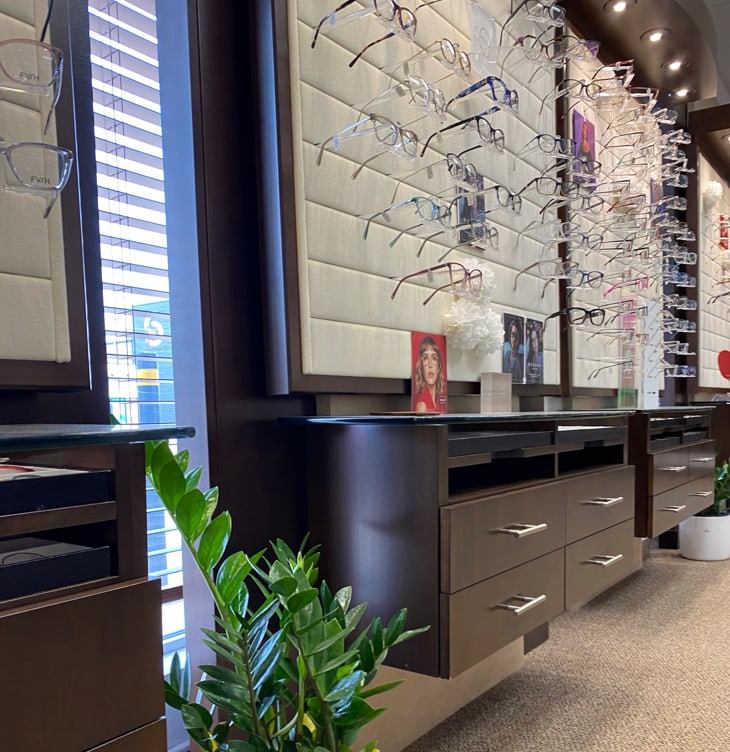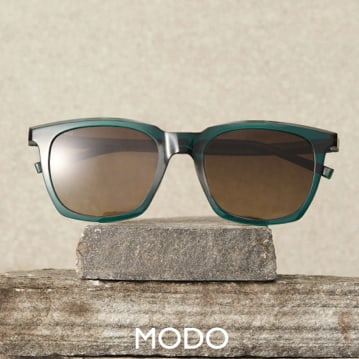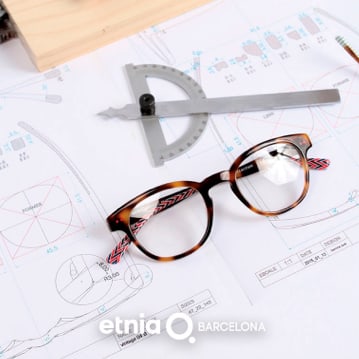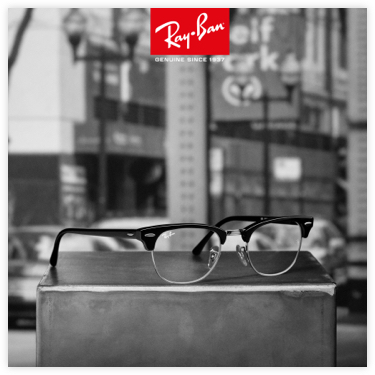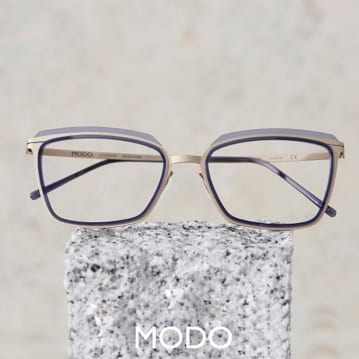You step outside, feel the warmth of the sun, and instantly your eyes squint against the glare—even if you’re wearing sunglasses. Sound familiar? If so, it might be time to upgrade to polarized sunglasses, which can offer superior glare reduction. However, are your sunglasses already polarized? How do you even know?
To check if your sunglasses are polarized, look at a reflective surface through the lenses and tilt your head—if the glare diminishes or changes, the lenses are polarized. Polarized sunglasses reduce glare while protecting your eyes from harmful UV rays, making outdoor activities clearer and more comfortable.
UV Rays & Their Impact on Your Eyes
Before we talk about lenses and glare, it’s important to remember what sunglasses protect your eyes from in the first place. The sun’s ultraviolet (UV) rays consist of 3 types, each with different properties and risks for your eye health:
- Ultraviolet A (UVA): These rays aren’t absorbed by the ozone layer, so they pose a constant risk and can prematurely age your eyes.
- Ultraviolet B (UVB): The atmosphere filters some UVB rays, but the ones that reach your eyes can still cause damage.
- Ultraviolet C (UVC): Thankfully, the ozone blocks these entirely, so they don’t pose a risk unless you’re an astronaut!
Prolonged UV exposure can result in harmful eye conditions, including:
- Corneal damage
- Cataracts
- Macular degeneration
- Cancerous or benign growths near or on your eyes
Sunglasses with inadequate UV protection leave your eyes at risk, or could even make the situation worse. Dark lenses cause your pupils to dilate, or get bigger, to allow more light to reach the retina. While this helps you see, it also exposes your retina to a greater amount of UV radiation. Good quality sunglasses can also protect the skin around your eyes.
If you’re unsure whether your current sunglasses provide sufficient protection, a visit to your optometrist can help your eyes get the care they need.
What Are Non-Polarized Sunglasses?
Non-polarized sunglasses are your everyday tinted lenses. While they may help dim bright light, they don’t actively block glare caused by sunlight reflecting off smooth surfaces like water, snow, or glass. Some nonpolarized lenses provide basic UV protection, but the level varies significantly by brand and type.
There are a few reasons why people wear non-polarized sunglasses, including:
- They’re often less expensive than polarized ones.
- They often give clearer vision when driving in low-light conditions, such as at sunrise or sundown.
- They provide a clearer view of icy surfaces, making them useful in certain snowy conditions.
However, if you spend a lot of time outdoors, especially near water or reflective surfaces, the glare reduction of polarized lenses is a game-changer.
What Are Polarized Sunglasses?
Polarized sunglasses block UV rays just like any other shades, but they take your eye protection to the next level by reducing glare. Their lenses contain a special filter that blocks light waves reflecting off horizontal surfaces, like water, pavement, or snow, allowing only vertical light to pass through.
The key benefits of polarized lenses include:
- Enhanced clarity: Polarized lenses reduce glare without compromising color or depth perception.
- Better comfort: By minimizing glare, polarized sunglasses prevent eye strain, making outdoor activities more enjoyable.
- Improved visual accuracy: Whether on open water or bright highways, polarized lenses allow you to focus on details you’d otherwise miss.
For example, when fishing, polarized lenses cut through the reflective glare on the water’s surface, helping avid anglers see underwater movement more clearly.

How to Check If Your Sunglasses Are Polarized
It’s not always obvious whether your sunglasses are polarized by simply looking at them. However, there are simple ways to test them yourself:
- The reflection test: Hold your sunglasses up while looking at a reflective surface (like water or glass). Tilt them 90° as you look through the lenses. If glare diminishes and reappears as the sunglasses rotate, they are polarized.
- The screen test: Look at an LCD screen, like your phone or computer, through your lenses. Tilt the glasses. If the screen darkens or blackouts at certain angles, they’re polarized.
For peace of mind, always purchase sunglasses from a reputable store or optometrist to ensure quality and authenticity.
When to Wear Polarized Sunglasses
Polarized sunglasses shine in situations where glare can impede vision or comfort. They’re ideal for:
- Driving: Reduce glare from the road and other vehicles for safer, more comfortable journeys.
- Boating: See the texture of waves clearly without the blinding reflection of the sun on water.
- Fishing: Spot fish beneath the water’s surface by cutting through surface glare.
- Outdoor activities: Perfect for jogging, biking, hiking, or any activity under bright skies.
When Not to Wear Polarized Sunglasses
Although polarized lenses are versatile, there are a few scenarios where non-polarized glasses are more appropriate:
- Driving in snowy/icy conditions: Polarized lenses can obscure shiny ice patches on roads, which could be dangerous in winter.
- Screen use: Some screens can appear distorted, dimmed, or blacked out when viewed through polarized lenses, which can make working on devices challenging.
- Operating equipment: The same function that makes it difficult to see LCD screens while wearing polarized lenses can also affect how you see instrument panels. This means they’re not recommended for pilots or people who operate heavy machinery.
Cut the Glare & Enjoy the Sun
When it comes to your sunglasses, a little knowledge can go a long way. The choice between polarized and nonpolarized lenses depends on your lifestyle and daily activities. Polarized sunglasses can be the perfect companion for drivers, outdoor enthusiasts, or simply anyone who wants to enjoy clarity, UV protection, and enhanced comfort. Not sure if you’re wearing the right sunglasses? Schedule an appointment with Old South Optometry, where we can recommend stylish options to protect your vision and match your lifestyle.



